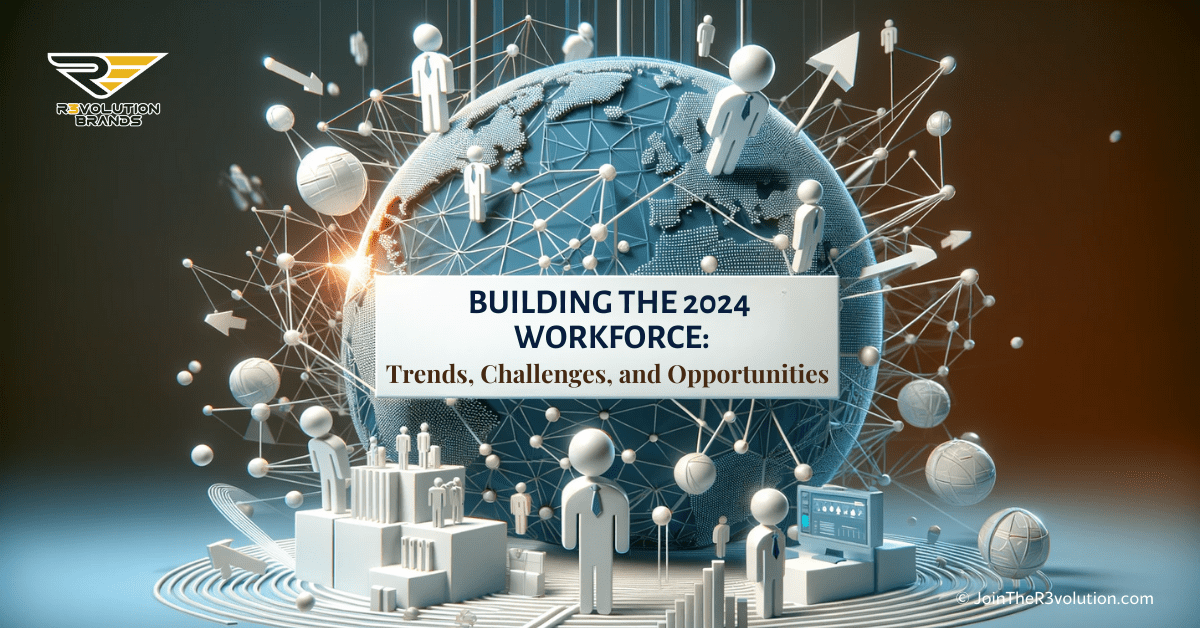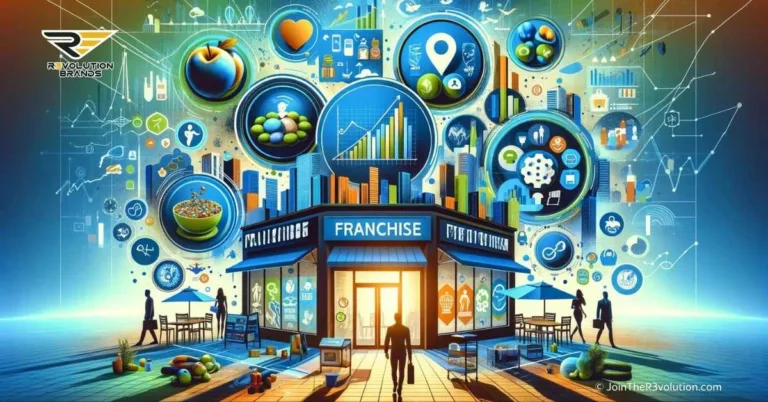In the fast-evolving landscape of workforce management, 2024 holds great promise for organizations willing to embrace change. Navigating demographic shifts, addressing talent acquisition and retention challenges, and leveraging workforce diversity are key considerations for building a successful workforce in 2024.
In this article, we will explore these trends, challenges, and opportunities, and provide valuable insights into how organizations can create a workforce that meets the demands of the future.
Navigating Demographic Shifts and Generational Changes in the Workforce
The workforce of 2024 will see significant shifts in demographics and generational composition. Understanding and adapting to these changes is essential for organizations seeking to attract and retain top talent.
Embracing Multigenerational Workforce Dynamics
One of the key challenges organizations will face in 2024 is managing a multigenerational workforce. Baby boomers are retiring, and Generation Z is entering the workforce, bringing with it a diverse range of skills, preferences, and work styles.
To succeed, organizations must foster an inclusive environment that values diversity and allows for cross-generational collaboration. By acknowledging and embracing the strengths of each generation, organizations can create a harmonious work environment that promotes knowledge sharing and learning from different perspectives.
Addressing the Needs of Millennials and Generation Z
As millennials and Generation Z become the majority of the workforce in 2024, organizations must adapt their strategies to attract and retain these generations. Flexibility, work-life balance, career growth opportunities, and meaningful work are crucial considerations for these younger employees.
Organizations can attract and retain millennials and Gen Z by offering mentorship programs, providing flexible work arrangements, and creating a company culture that aligns with their values.
Additionally, organizations must tap into their digital skills and leverage technology to engage and empower these tech-savvy generations.
The Role of Technology in Attracting and Retaining Talent
In the digital age, organizations must leverage technology to attract and retain top talent in 2024. Millennials and Generation Z are digital natives who expect workplaces that are innovative and tech-driven.
By investing in modern technologies, organizations can not only attract tech-savvy talent but also streamline processes, enhance productivity, and enable remote work options. Digital collaboration tools, communication platforms, and remote work capabilities can significantly improve employee engagement and satisfaction, resulting in higher retention rates.
Addressing Challenges in Talent Acquisition and Retention
Attracting and retaining talent is becoming increasingly challenging for organizations in a competitive job market. To overcome these challenges, organizations must adopt effective talent acquisition and retention strategies.
Proactive Talent Acquisition Strategies
To attract top talent in 2024, organizations need to be proactive in their talent acquisition efforts. Building a strong employer brand and optimizing recruitment processes are vital.
Organizations can leverage technology to automate and streamline recruitment processes, such as Applicant Tracking Systems (ATS) and AI-driven resume screening.
They can also develop comprehensive talent pools by nurturing relationships with potential candidates through social media, educational institutions, and industry influencers. A proactive approach to talent acquisition helps organizations stay ahead of the curve and attract the best candidates.
Employee Engagement and Recognition
Employee engagement plays a critical role in talent retention. Organizations must prioritize initiatives that foster high levels of employee engagement.
Creating a positive work environment, promoting open communication, and offering career development opportunities are key elements in engaging employees.
Recognition programs that reward and appreciate employees’ achievements can significantly boost morale and loyalty.
Regular feedback sessions, mentoring programs, and upskilling opportunities also contribute to employee satisfaction and retention.
Emphasis on Employee Well-being
In 2024, organizations will place increasing importance on employee well-being. Mental and physical health, work-life balance, and flexible work arrangements will be vital considerations.
Organizations can implement wellness programs that focus on mental health awareness, stress management, and physical fitness. Providing access to counseling services and promoting a healthy work environment are equally important.
By prioritizing employee well-being, organizations can create a positive culture that supports the overall happiness and retention of their workforce.
Leveraging Workforce Diversity for Competitive Advantage
Workforce diversity is a valuable asset for organizations, enabling innovation, creativity, and gaining a competitive edge. In 2024, leveraging diversity will continue to be a key driver of success.

Inclusion and Diversity Initiatives
To create an inclusive and diverse workplace, organizations must implement comprehensive diversity initiatives. Assessing current practices and identifying areas of improvement is the first step.
Organizations can then focus on implementing bias-free recruitment and hiring processes, providing diversity and cultural competency training, and establishing employee resource groups and diversity councils. These initiatives will help foster a culture that values and embraces differences, creating an inclusive environment for all employees.
Benefits of Workforce Diversity
Workforce diversity brings various benefits to organizations.
In 2024 and beyond, having a diverse workforce will contribute to improved problem-solving, increased innovation, and enhanced adaptability. Different backgrounds, experiences, and perspectives offer a broader range of viewpoints, leading to more comprehensive decision-making and creative solutions.
Additionally, organizations that embrace diversity are more likely to attract a wider range of customers and clients, further enhancing their reputation and market reach.
Leveraging Diversity for Organizational Growth
To fully leverage workforce diversity, organizations must focus on promoting diversity at every level. By encouraging diverse participation in decision-making processes and offering equal opportunities for career development, organizations can harness the full potential of their workforce.
Leadership needs to demonstrate commitment to diversity, equity, and inclusion, as this sets the tone for the entire organization. When diversity is embedded throughout the organization, it becomes a driving force for innovation, growth, and long-term success.
Preparing to Build the 2024 Workforce
Building the workforce of 2024 requires organizations to navigate demographic shifts, address talent acquisition and retention challenges, and leverage workforce diversity. By embracing multigenerational workforce dynamics, understanding the needs of millennials and Generation Z, and utilizing technology, organizations can attract and retain top talent.
Proactive talent acquisition strategies, employee engagement and recognition, and emphasis on employee well-being are essential for talent retention. By leveraging workforce diversity through inclusion and diversity initiatives and promoting diversity at all levels of the organization will contribute to sustained growth and success.
With these strategies in place, organizations can build a resilient, competitive, and thriving workforce for the future.





